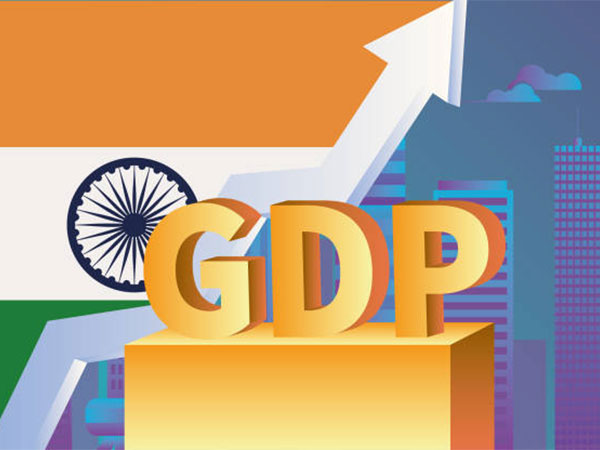The World Bank has raised its growth forecast for India to 7% for the fiscal year 2024-2025, up from its previous estimate of 6.6%, according to the latest India Development Update (IDU) released on Tuesday. This revision highlights India’s economic resilience amidst challenging global conditions.
Titled “India’s Trade Opportunities in a Changing Global Context,” the report underscores India’s status as the fastest-growing major economy, with an impressive growth rate of 8.2% recorded in FY23/24. This strong performance has been largely fueled by substantial public infrastructure investments and a significant rise in household investments in the real estate sector. On the supply side, the manufacturing sector expanded by 9.9%, and the services sector remained robust, offsetting the underperformance of the agriculture sector.
Urban unemployment rates have also shown gradual improvement, especially among female workers, whose unemployment rate dropped to 8.5% in early FY24/25. However, the report highlights that urban youth unemployment remains high at 17%. On the external front, India’s foreign exchange reserves reached a record high of USD 670.1 billion in early August, providing over 11 months of import cover. This was supported by a narrowing current account deficit and strong foreign portfolio investment inflows.
Despite global economic headwinds, the World Bank’s outlook for India remains positive, with growth expected to stay strong at 7% in FY24/25 and continue robustly through FY26/27. Additionally, the report anticipates a decline in India’s debt-to-GDP ratio from 83.9% in FY23/24 to 82% by FY26/27, alongside a stable current account deficit of 1-1.6% of GDP over the same period.
The IDU emphasizes the crucial role of trade in sustaining and boosting India’s economic growth. While the global trade environment has become increasingly protectionist, the reconfiguration of global value chains following the COVID-19 pandemic presents significant opportunities for India. The report notes India’s efforts to enhance its competitiveness through initiatives like the National Logistics Policy and various digital measures aimed at reducing trade costs. However, it cautions that rising tariff and non-tariff barriers could limit the effectiveness of these trade-focused investments.
Auguste Tano Kouame, World Bank’s Country Director in India, said, “India’s robust growth prospects, along with declining inflation, will help reduce extreme poverty. India can further boost its growth by harnessing its global trade potential.”
Kouame also emphasized the need for diversification in India’s export basket, suggesting that in addition to its strengths in IT, business services, and pharmaceuticals, the country could expand exports in sectors such as textiles, apparel, footwear, electronics, and green technology products.
To achieve its ambitious goal of USD 1 trillion in merchandise exports by 2030, the IDU recommends a three-pronged approach: reducing trade costs, lowering trade barriers, and deepening trade integration. The report points out that India’s share in global apparel exports declined from 4% in 2018 to 3% in 2022, largely due to rising production costs and declining productivity.
Nora Dihel and Ran Li, Senior Economists and co-authors of the report, said, “With rising production costs and declining productivity, India’s share in global apparel exports has decreased. Deeper integration into global value chains could create more trade-related jobs and foster innovation and productivity growth.”
(ANI)




















